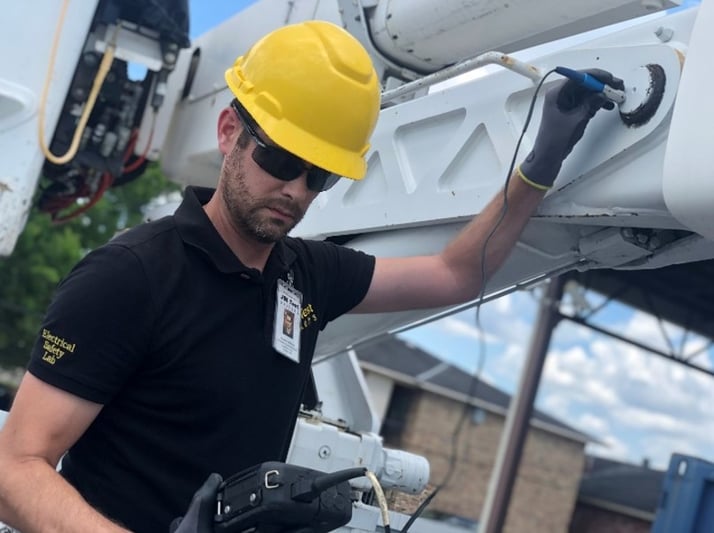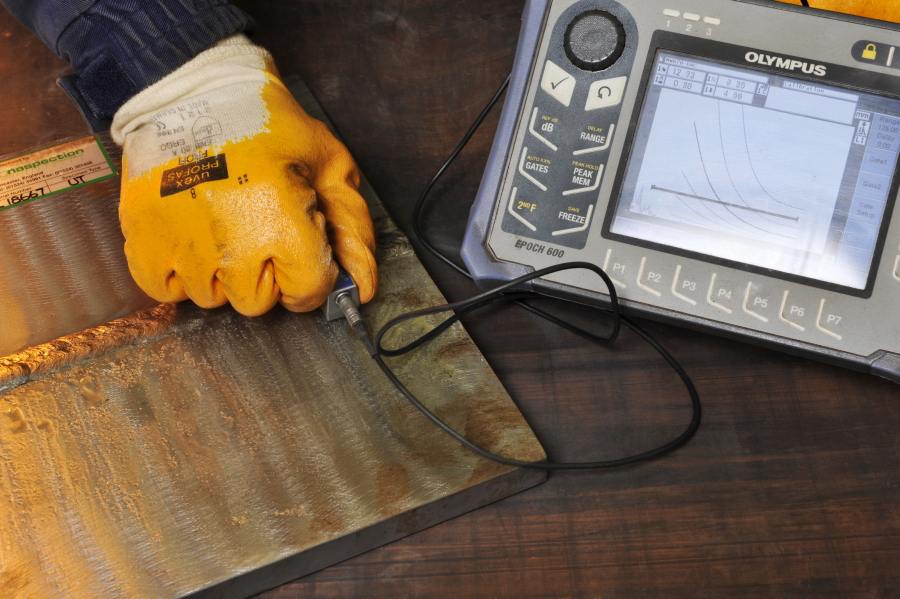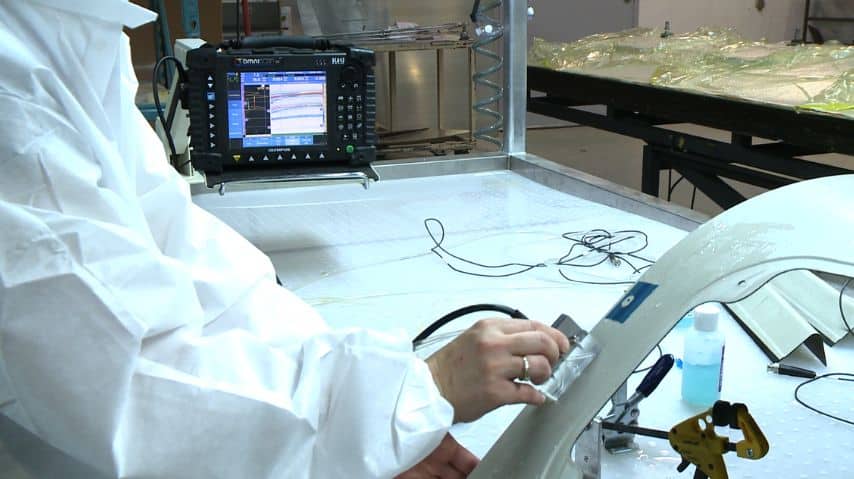In today’s rapidly advancing technological world, understanding how synchronization detects abnormal vibrations is crucial for maintaining the integrity and functionality of various systems. Whether it’s in industrial machinery or delicate electronic devices, abnormal vibrations can indicate underlying issues that, if left unaddressed, may lead to significant downtime or even catastrophic failures.
Synchronization, a process often utilized in vibration testing, plays an essential role in identifying these anomalies. By aligning the phases of different components, synchronization helps in accurately detecting irregularities in vibration patterns.

Understanding Synchronization
Synchronization refers to the coordination of events to operate a system in unison. In the context of vibration detection, it involves aligning the frequencies and phases of different components to ensure that any deviations from the norm are easily identifiable.
The Science Behind Vibration
Vibrations occur when an object moves back and forth repeatedly over a period. In machinery, vibrations are often inevitable, but they must be kept within certain parameters to ensure optimal performance. Abnormal vibrations can be a sign of wear, imbalance, or other defects.
The Role of Synchronization in Vibration Detection
Synchronization helps in vibration detection by ensuring that the signals from various sensors are aligned. This alignment allows for the detection of even the slightest discrepancies in vibration patterns, which may indicate a problem.
Techniques for Synchronization
Various techniques are employed to achieve synchronization in vibration detection. These include time synchronization, phase synchronization, and frequency synchronization. Each method is used depending on the specific requirements of the system being monitored.
Why Detecting Abnormal Vibrations is Important
Detecting abnormal vibrations is crucial for maintaining the longevity and efficiency of machinery. It helps in identifying potential issues before they escalate into more significant problems, thus preventing costly repairs and downtime.
Preventive Maintenance
By using synchronized vibration detection, companies can implement preventive maintenance strategies. This proactive approach ensures that equipment is serviced before breakdowns occur, thus enhancing operational efficiency.
Challenges in Vibration Detection
Despite the benefits, there are challenges in achieving perfect synchronization for vibration detection. These include dealing with varying environmental conditions and the complexity of integrating multiple sensor data.
Overcoming Synchronization Challenges
Advanced technologies and algorithms are being developed to overcome these challenges. By utilizing machine learning and AI, synchronization processes are becoming more accurate and reliable.
Case Studies: Successful Synchronization in Action
Several industries have successfully implemented synchronization to detect abnormal vibrations. For instance, in the aerospace industry, synchronization is used to monitor the health of aircraft engines, preventing potential failures during flight.
Industrial Applications
In the manufacturing sector, optimal frequency for crack detection is often synchronized to detect structural weaknesses in machinery, ensuring safety and reliability.
Future of Synchronization in Vibration Detection
The future of synchronization in vibration detection is promising. With advancements in technology, synchronization will become more precise, leading to even more reliable detection of abnormal vibrations.
Technological Innovations
Emerging technologies such as the Internet of Things (IoT) and cloud computing are set to revolutionize synchronization methods, making them more accessible and efficient for industries worldwide.
Conclusion
Understanding how synchronization detects abnormal vibrations is essential for modern industries. It not only helps in maintaining system integrity but also enhances overall productivity. By investing in synchronized vibration detection systems, companies can ensure that their equipment operates smoothly and efficiently, thereby achieving long-term success.

FAQs
What is synchronization in vibration detection?
Synchronization in vibration detection involves aligning the phases and frequencies of different components to accurately detect anomalies in vibration patterns.
Why is detecting abnormal vibrations important?
Detecting abnormal vibrations is vital for preventing equipment failures, reducing downtime, and implementing effective preventive maintenance strategies.
How does synchronization improve inspection accuracy?
Synchronization improves inspection accuracy by ensuring that sensor signals are aligned, allowing for precise detection of even minor discrepancies in vibration patterns. For more details, explore how synchronization improves inspection accuracy.
This article contains affiliate links. We may earn a commission at no extra cost to you.
